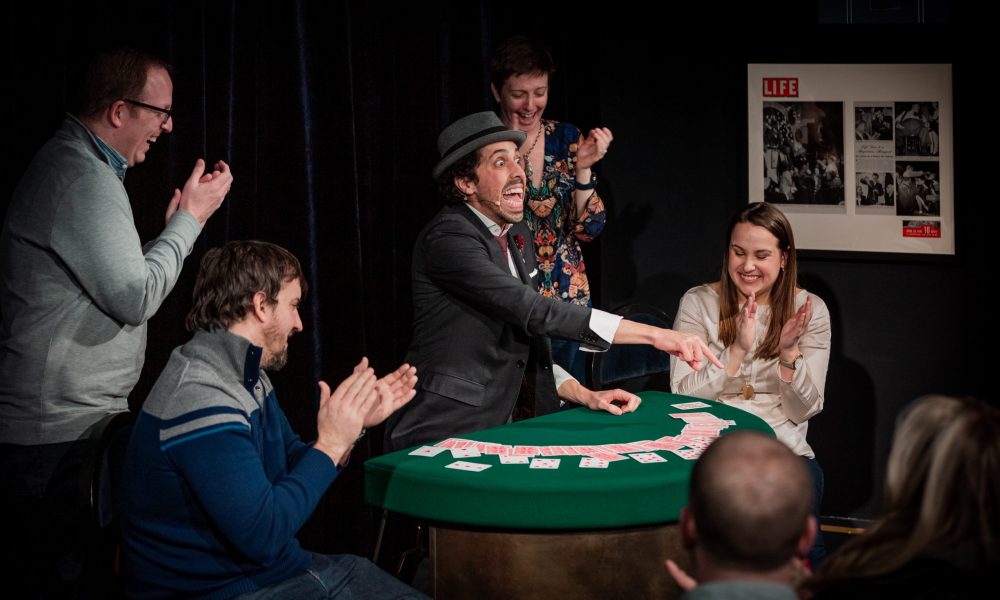

Today we’d like to introduce you to Siegfried Tieber.
Hi Siegfried, we’d love for you to start by introducing yourself.
I got interested in magic relatively late in life when I was 19 years old. (Many who devote their lives to this pursuit start at an early age when they get a magic kit as a present or a silly uncle pulls a quarter from their ear.) Someone lent me a book, which I read cover to cover. I practiced one piece of magic relentlessly, for many weeks, before ever showing it to anybody. When I first shared it with my family, they were very, very impressed. They freaked out. I freaked out at their freaking out. I was hooked.
One thing led to another. I practiced obsessively and started to get hired to perform at private parties; after a few years, I transitioned into performing full-time; I moved to Los Angeles to seek mentors and peers. I’ve worked very hard and I’ve got very lucky, which has led me to appear at many of the most influential venues for the performance of magic around the world: the Magic Castle in Hollywood, the Chicago Magic Lounge in, well, Chicago, most recently the Magic Circle in London.
I’m sure you wouldn’t say it’s been obstacle free, but so far would you say the journey have been a fairly smooth road?
It hasn’t been a smooth road, but it’s been an enjoyable journey. Author Ray Bradbury expressed it beautifully: “This is the kind of life I’ve had. Drunk and in charge of a bicycle … Drunk with life, that is, and not knowing where off to next. But you’re on your way before dawn. And the trip? Exactly one-half terror, exactly one-half exhilaration.”
People often ask me if anyone can become a magician. Many suspects that it takes some kind of innate talent or particularly large hands. I firmly believe that anyone could learn to play the piano, ride a unicycle, or perform sleight-of-hand magic—my friend Mahdi Gilbert, an accomplished and highly respected sleight-of-hand artist, has no hands. The one absolutely essential requirement is love—interest, dedication, passion, obsession, whatever you decide to call it. Compulsive love for whatever it is you want to excel at.
The one struggle I constantly fight is the feeling (the unshakable conviction, as author Neil Gaiman put it) that I’m getting away with something—that I’ll be exposed as a fraud and that it will all be over. What some call impostor syndrome. It might never go away, I suspect it’s here to stay, but I’ve learned to come to terms with it. I’ll keep working hard and see what else I can get away with.
Can you tell our readers more about what you do and what you think sets you apart from others?
I see myself as a magician and storyteller. I spent the first decade of my involvement with magic learning the craft—if you want to paint, you better learn about composition and perspective; if you want to create the illusion of impossible events, it’s helpful to learn about the psychology of deception.
For the last few years, most of my attention has shifted toward the narrative, the idea behind every piece of magic I perform. For example, my last show explores the concepts of Chance, Chaos and whatever it is we call Luck. What if the unlikeliest events were to take place, all on the same day, all to the same group of individuals? It would be as if the laws of probability had temporarily been suspended, only for our eyes to see.
In terms of your work and the industry, what are some of the changes you are expecting to see over the next five to ten years?
I might be a little biased, but it seems to me like people, the general public, are becoming more and more interested in and curious about magic. Over the last few years, venues for the performance of magic have started to emerge all over the US and all around the world—the aforementioned Magic Castle in Los Angeles, Liberty Magic in Pittsburgh, Aiden Sinclair’s Underground near Denver, among many others. I foresee (my fingers are crossed) that more spaces of this kind will emerge, venues devoted exclusively to experiencing, sharing, and celebrating the art of magic.
(By the way, do you know where the idea of crossing one’s fingers comes from? It’s reminiscent of the ancient belief in the symbolic power of the cross, which predates the proliferation of Christianity in Europe. The gesture represents the congregation of good spirits and an attempt to summon them to fulfill one’s wish. Magical thinking at its best.)
Contact Info:
- Website: www.SiegfriedTieber.com
- Instagram: www.instagram.com/siegfriedtieber
- Facebook: www.facebook.com/SiegfriedTieberMagic
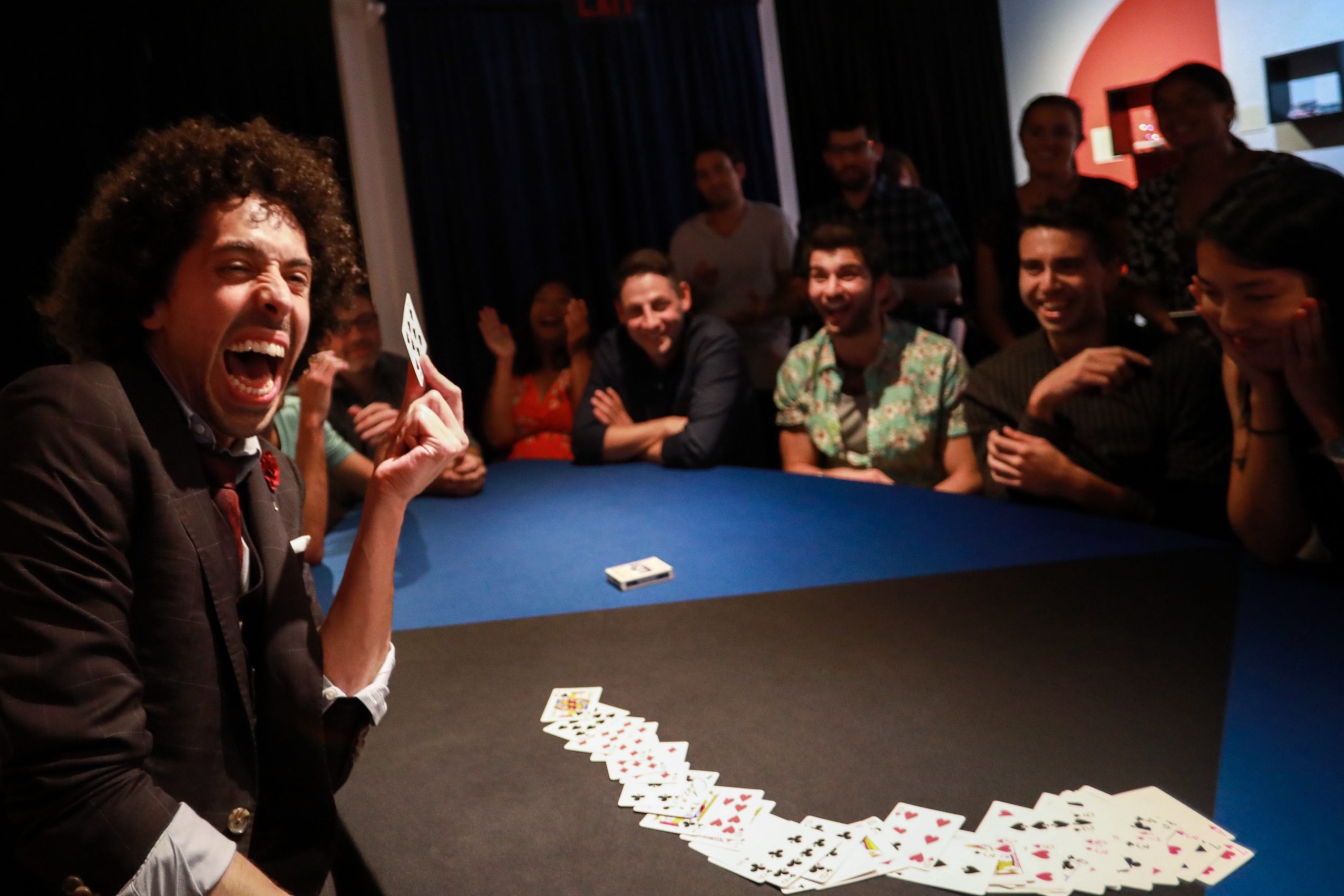

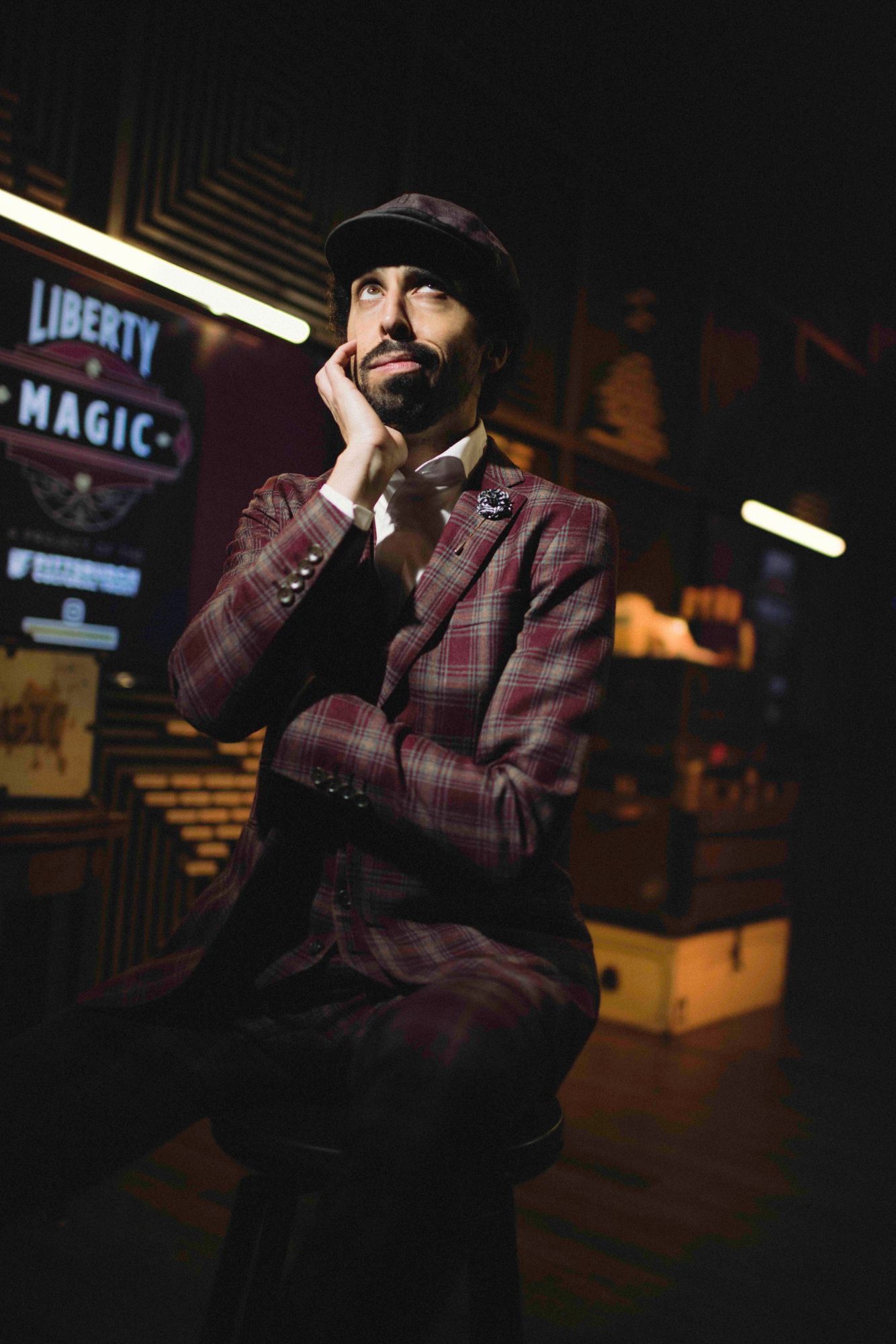
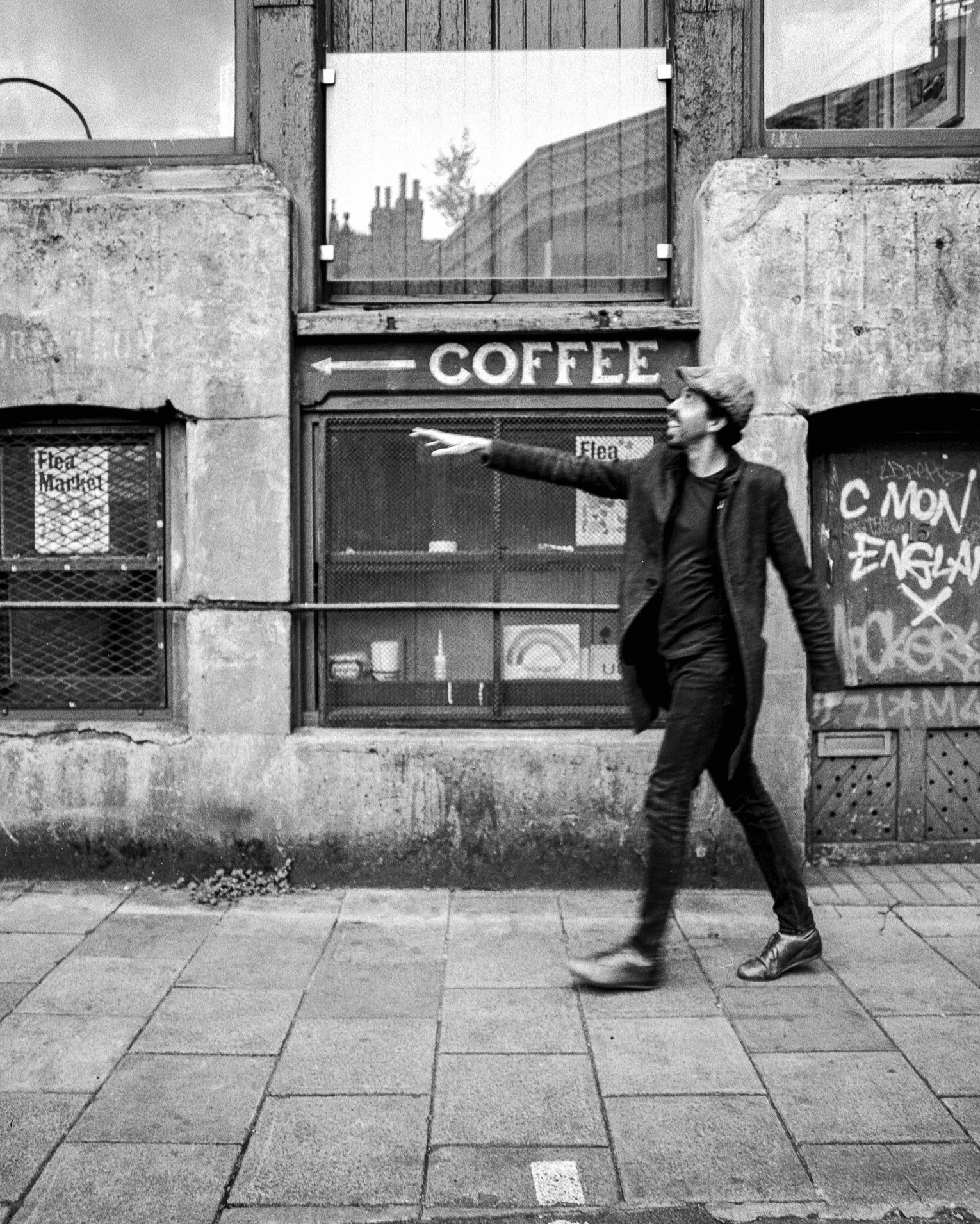
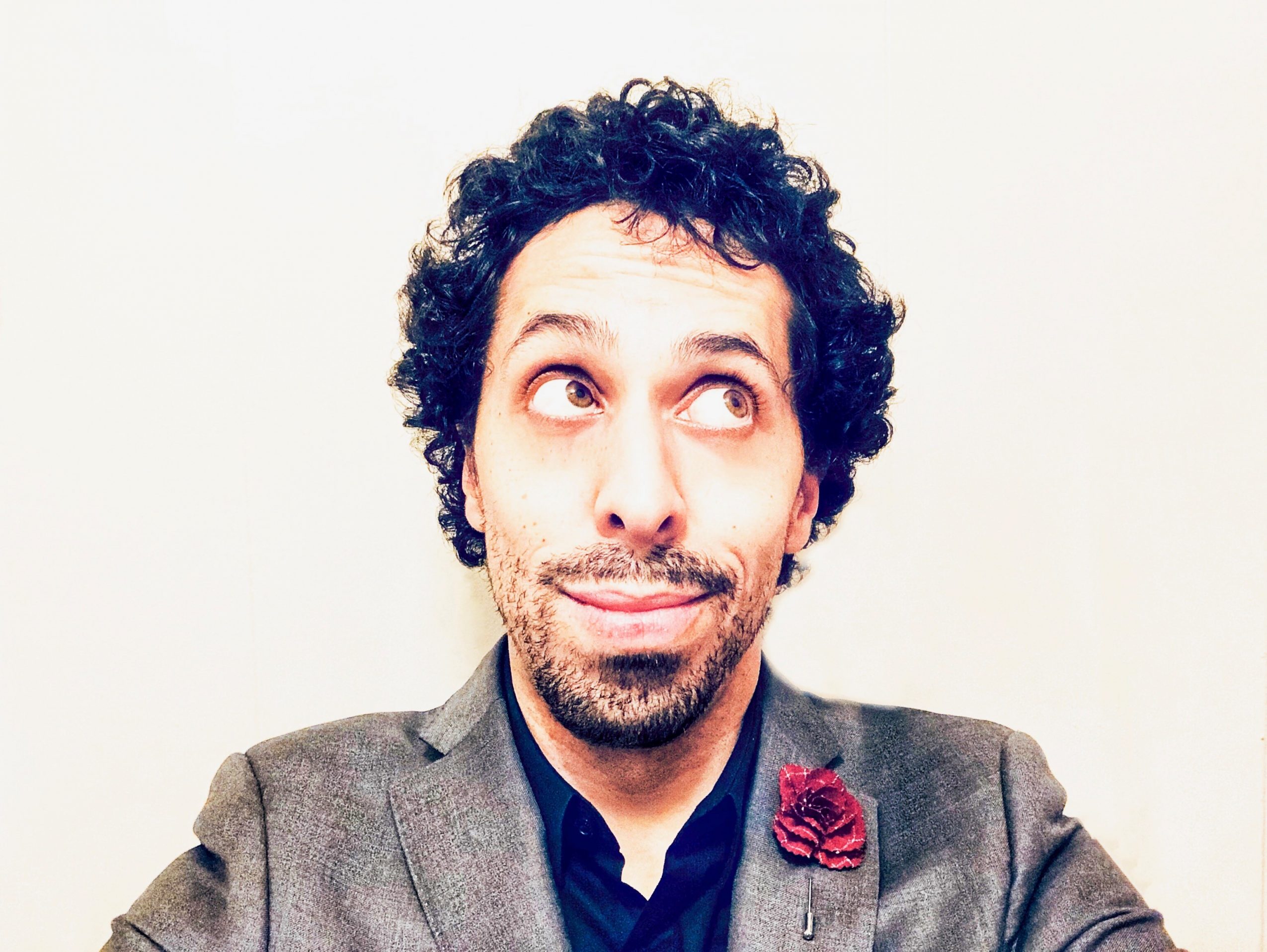 Image Credits
Image Credits
Lucho Davila – @iamtrece James Murphy – @aktrainman Karl Pfeiffer – @karlpfeiffer











